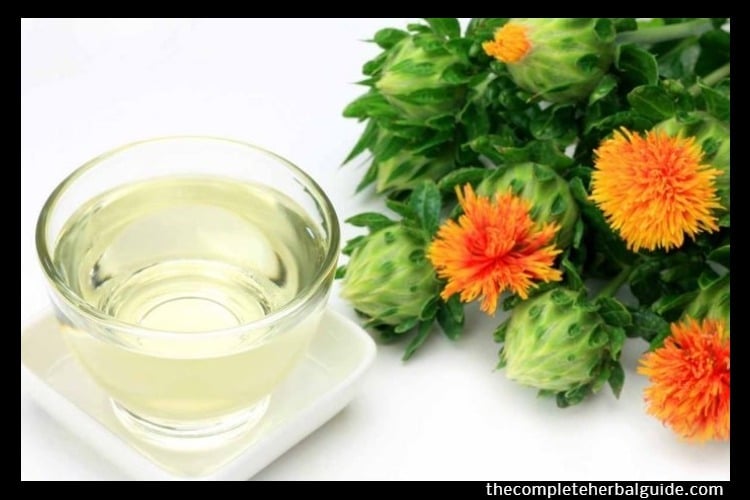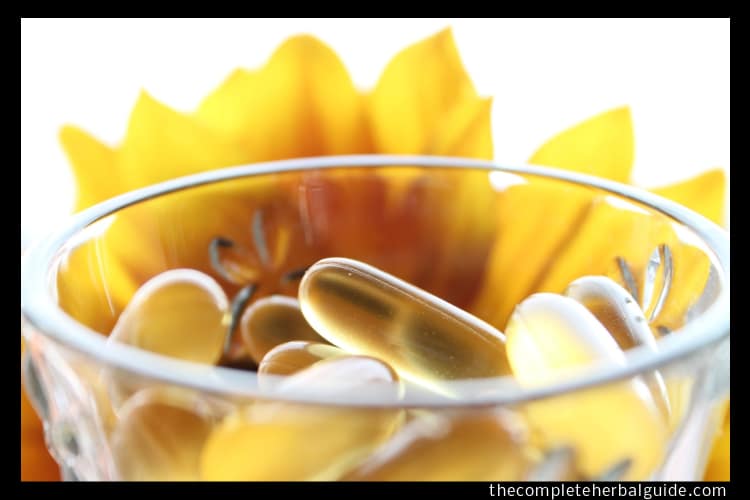
If You Eat or Drink Alfalfa YOU Need To Read This
By Ellen Kamhi Ph.D. RN
Alfalfa an “endocrinological balancer” What makes Alfalfa so special for good health or for healing? Or not! GMOs can change the plant.
What is it? The genus is Medicago sativa and the species name of the plant is commonly known as Alfalfa. The plant resembles clover with its blue, pea-like flowers and trifoliate leaves and in fact, is a cousin to clover, being a member of the Leguminacea (now Fabaceae) family.
The entire herb is harvested for medicine when the plant is in bloom. Alfalfa is grown for several purposes. It is used as a healthy forage crop for livestock and is one of the main plants that are harvested for hay.
Farmers will often plant alfalfa in fields in between growing other food crops since alfalfa is able to capture nitrogen and increase its level in the soil, which helps other crops grow. Alfalfa is grown in higher quantities than any other plant in the pea family. The United States leads in growing alfalfa, although it is also harvested in Argentina, Australia, South Africa, the Middle East, and southern India.
Unfortunately, like many other crops in the U.S. genetically modified varieties of alfalfa have been developed. From 2005-2007 Monsanto released Roundup Ready Alfalfa, which allows growers to spray the pesticide glyphosate on alfalfa crops.
This will kill all weeds, but allow the genetically modified alfalfa to grow. However, in May 2007, the California Northern District Court sent out an order prohibiting farmers from using Roundup Ready Alfalfa due to concern about the possibility of the genetic contamination of other plants.
Monsanto claims that glyphosate is non-toxic, but a study in Chemical Research in Toxicology (December 23, 2008) found that “Glyphosate Formulations Induce Apoptosis and Necrosis in Human Umbilical, Embryonic, and Placental Cells.”
Most of the research on Alfalfa comes from the annals of agriculture, as farmers noted that if Alfalfa is the predominant hay crop consumed by their animals, it can disrupt their estrus cycle.
This prompted scientists to investigate its chemical constituents. It was soon discovered that Medicago contains an impressive array of isoflavones and coumestans, bioflavonoid compounds that are estrogenic inactivity. These include daidzein, formononetin, genistein, lignans, and biochanin A. Also isolated were coumarins, which have a blood-thinning effect.
Bill Mitchell, ND, mentions in his book, PLANT MEDICINE IN PRACTICE, using the teachings of John Bastyr, that Dr. Bastyr considered Alfalfa an “endocrinological balancer”. Many studies on phytoestrogenic plants show a balancing effect on diseases of hyperestrogenism (too much estrogen) and hypoestrogenism (too little estrogen).
Because most of these plants do not contain real estrogens but instead contain isoflavones and related compounds, they do not directly affect blood estrogen levels. They work by binding to estrogen cell receptors, creating an effective intracellular signal as if the estrogen was present.
They are considered much weaker signaling agents than the body’s “real’ estrogens and are generally accepted to occupy receptors and shield the body from the much stronger estrogens through competitive antagonism.
However, one research study by the USDA done in “test tubes” on a breast cancer cell line showed that phytoestrogens found in legumes, such as Kudzu root, red clover blossom and sprout, mung bean sprout, and alfalfa sprout extracts displayed increased cell proliferation effects above levels observed with estradiol.
This idea that phytoestrogens are STRONGER than our native estradiol is a new one and may put into question the role phytoestrogens would have in shielding the body against the negative effects of estradiol, in women with breast cancer. More study in human subjects is clearly needed.
Italian researchers in the journal Minerva Ginecologica used alfalfa along with the leaves of Salvia officinalis (sage) in the treatment of hot flushes in 30 menopausal women with these symptoms.
Hot flushes and night sweating completely disappeared in 20 women: four women showed good improvement and the other six showed a reduction in symptoms based on affecting the pituitary and increasing prolactin levels, but not directly affecting estrogen levels.
Another point about alfalfa; a few studies have shown that it contains L-Canavanine, an amino acid that can worsen symptoms in people suffering from Systemic Lupus Erythematosus (SLE) Avoid alfalfa in lupus.
For peri or post-menopausal women who do not have lupus or any other autoimmune illness, alfalfa may help to balance estrogenic hormones at a dose of about 12 grams(1200 mg) per day.
Alfalfa may also lower cholesterol, especially when taken simultaneously with a high cholesterol meal, probably working through competition with cholesterol for uptake.
Alfalfa is commonly added to many ‘green food’ supplements, along with other greens such as spirulina and chlorella. It is also available as an easy-to-use liquid herbal extract.
Author
Ellen Kamhi Ph.D. RN, The Natural Nurse®, can be heard on the radio daily. She is the author of several books, including The Natural Medicine Chest. Dr. Kamhi has been involved in natural health care for over 4 decades.






